Baltic amber is one of the the most highly sought after types of amber in the world. Unfortunately, both its quality and its popularity have given rise to a host of imitations. Plastic, glass, casein, and copal are some of the various materials that make up most artificial ambers on the market. While the most commonly used material, copal, lacks the hardness, luster, or age of genuine amber, it can nevertheless be difficult to distinguish from the genuine article. Below are several proven methods for helping buyers differentiate genuine Baltic amber from its imitators.
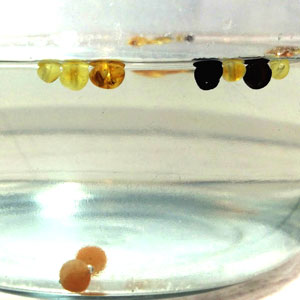
The Salt Water Test
Fill a medium size pot with water and add seven teaspoons of salt, stirring vigorously to ensure all the salt is dissolved. Wait 30 minutes and stir the saltwater mixture again. When the water is calm, drop in the amber. Genuine amber will float to the top in saltwater while most fakes will sink.
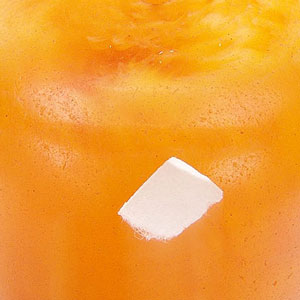
The Static Test
Amber should be naturally warm to the touch. When rubbed or polished vigorously, it should become electrostatically charged and attract lint and dust particles or very light fabrics. To test your amber’s authenticity, rub the piece briskly with a soft cloth to generate heat, then hold it close to some tissue. The electromagnetism of the amber should attract the tissue to it.
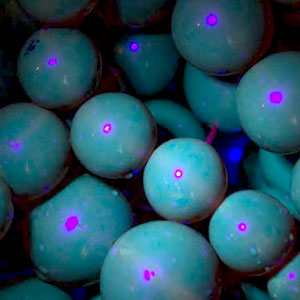
The UV/Black Light Test
Genuine amber of any shade will present as either an opaque blue or butterscotch yellow under ultraviolet light. Copal, by contrast, will present as opaque white, while plastic and glass will not react at all. While this is the most reliable method, not everyone has access to a UV or black light, especially when traveling.
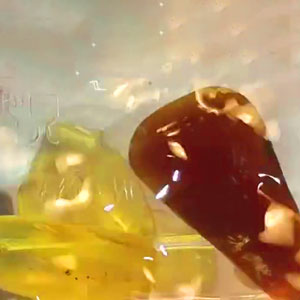
The Acetone Test
Copal and plastic cannot withstand solvents. Wipe a small amount of acetone (fingernail polish remover) or rubbing alcohol across the surface of the amber with a tissue or cotton swab. If the stone’s texture changes or the color comes off on the tissue or swab, the piece is most likely a fake.
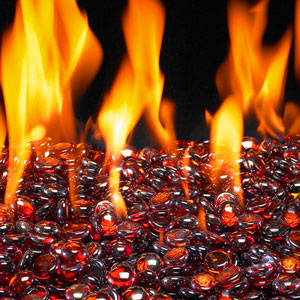
The Heat Test
When exposed to heat or flame, genuine amber burns away like incense whereas copal or plastic will melt. To test your amber, heat the tip of a needle until it is red-hot. Touch the heated tip to the amber and hold it for a few seconds. If the piece is actually plastic or copal, the material will begin to melt and give off an unpleasant chemical smell. Genuine amber, by contrast, will have a piney scent and will typically emit a small amount of smoke.
